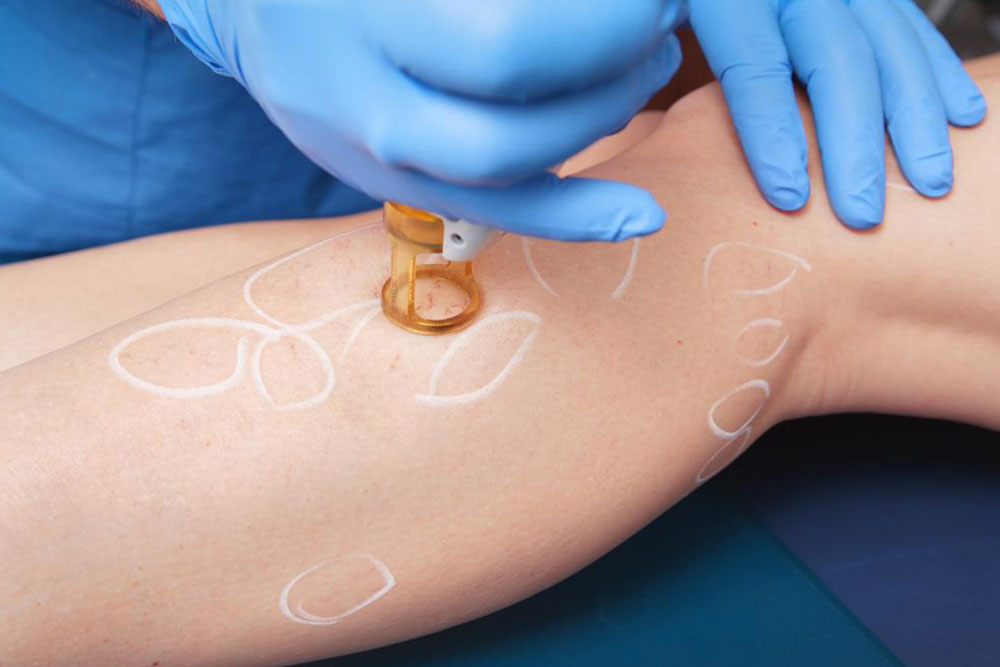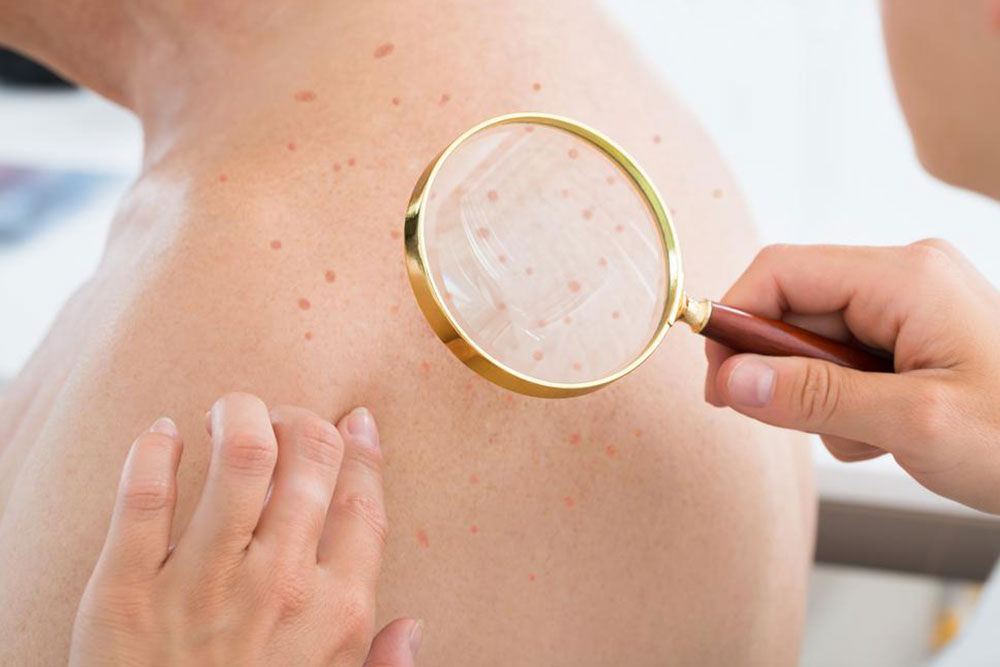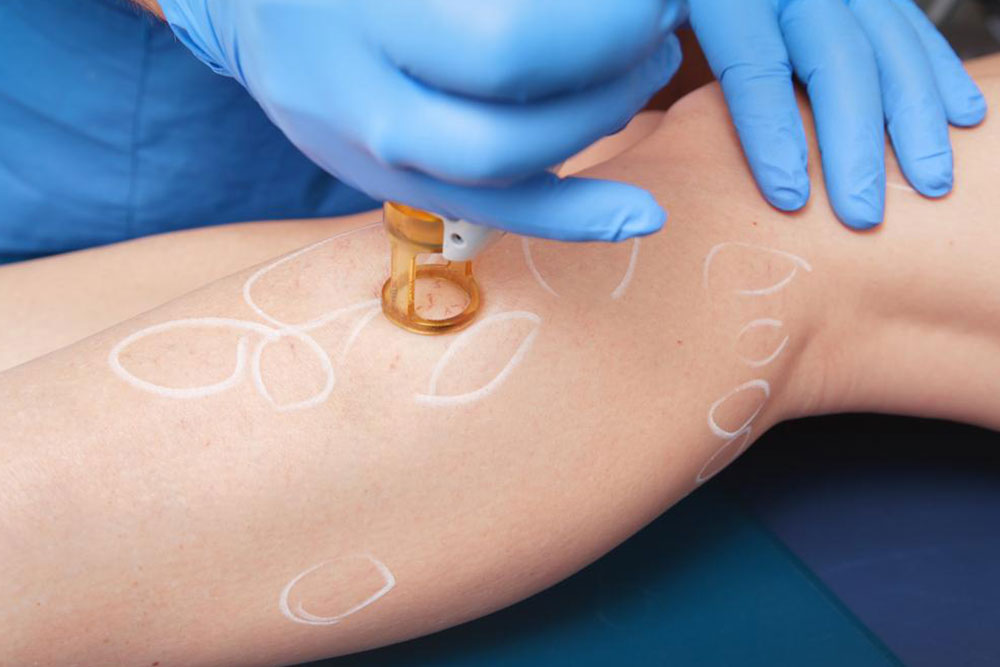Complete Guide to Recognizing, Treating, and Preventing Cellulitis
This comprehensive guide explores cellulitis, detailing its causes, symptoms, and effective treatment strategies. Early intervention with antibiotics, proper wound care, and preventive measures are emphasized to reduce complications and promote recovery. Learn how to recognize symptoms early and implement effective prevention in this detailed overview.

Understanding Cellulitis: Causes, Symptoms, and Effective Treatments
Cellulitis is a common and potentially serious bacterial infection that affects the deeper layers of the skin and the underlying soft tissues. It can develop quickly, and if not treated promptly, it may lead to severe complications. Recognizing the early signs of cellulitis and understanding its causes, symptoms, and treatment options are essential steps in preventing its spread and ensuring proper recovery.
Causes of Cellulitis
Cellulitis usually occurs when bacteria, most commonly streptococcus and staphylococcus, enter through a break in the skin. Such entry points can include minor cuts, scratches, insect bites, or skin conditions like athlete's foot, eczema, or psoriasis. Individuals with compromised immune systems or underlying health conditions such as diabetes, obesity, or circulatory problems are at higher risk. Additionally, skin that is dry, cracked, or dirty provides an ideal environment for bacteria to invade.
Who Is at Risk?
People affected by certain factors are more susceptible to developing cellulitis, including those with poor circulation due to aging, injury, or mobility impairments. Immune system deficiencies caused by conditions like HIV or ongoing chemotherapy treatment also elevate the risk. Chronic conditions such as diabetes can impair skin integrity and immune responses, further increasing vulnerability. Athletes and individuals engaged in activities that cause skin abrasions or cuts are also at greater risk, especially if wounds are not properly cleaned or cared for.
Recognizing the Symptoms of Cellulitis
The hallmark signs of cellulitis include redness, swelling, warmth, tenderness, and pain in the affected area. The skin may appear shiny and stretched due to swelling, and there might be visible streaks or lines spreading out from the infection. Fever, chills, and chills may occur if the infection becomes systemic. The affected skin often feels hot to the touch, indicating inflammation. In some cases, blisters or pus-filled abscesses may develop, signaling a more severe infection requiring urgent medical attention.
Importance of Early Detection and Treatment
Seeking medical care promptly at the first sign of cellulitis can significantly reduce the risk of complications. Early treatment primarily involves antibiotics, which help eliminate the bacterial infection quickly. Ignoring symptoms or delaying treatment can lead to the infection spreading to the lymph nodes, bloodstream, or deeper tissues, resulting in life-threatening conditions like sepsis or necessitating limb amputation in severe cases.
Effective Treatment Options for Cellulitis
Most cases of cellulitis respond well to oral antibiotics taken over a course of 3 to 10 days. Penicillin and other beta-lactams are common choices, but the specific antibiotic may vary depending on the bacteria involved and patient allergies. It is crucial to complete the full prescribed course, even if symptoms improve before finishing the medication, to prevent recurrence and resistant bacteria development.
For severe infections or if oral antibiotics are insufficient, hospitalization might be necessary, involving intravenous antibiotic therapy. In addition to antibiotics, warm compresses can help soothe pain, reduce swelling, and promote healing. Elevating the affected limb and keeping the skin moisturized while avoiding further injuries are key aspects of wound management. For abscesses or drainage needs, surgical intervention may be required under sterile conditions.
Preventive Measures to Reduce Risk
Prevention is critical in controlling cellulitis, especially for those with recurrent infections. Proper wound care includes cleaning and disinfecting cuts immediately, keeping wounds moist with suitable dressings, and preventing further injury. Regular skin hydration and avoiding skin cracks or dryness can reduce bacterial entry points. Using protective gear during outdoor activities and managing underlying health conditions effectively also contribute to prevention.
Long-term Management and When to Seek Medical Help
Individuals with a history of cellulitis should monitor their skin closely and seek medical advice at the first signs of redness or swelling. Maintaining good hygiene, controlling underlying health conditions such as diabetes, and practicing skin care routines are essential. If symptoms worsen or do not improve with initial treatment, or if systemic symptoms like fever appear, immediate medical attention is crucial to prevent complications.
Conclusion
Cellulitis is a common but potentially dangerous skin infection that requires prompt diagnosis and treatment. Understanding the causes, recognizing symptoms early, and adhering to prescribed treatments can significantly reduce the risk of severe complications. Combining medical intervention with proper wound care and preventive strategies is essential for effective management and recovery from cellulitis. Patients should always consult healthcare professionals for personalized treatment plans and ongoing care to safeguard their skin health and overall well-being.





